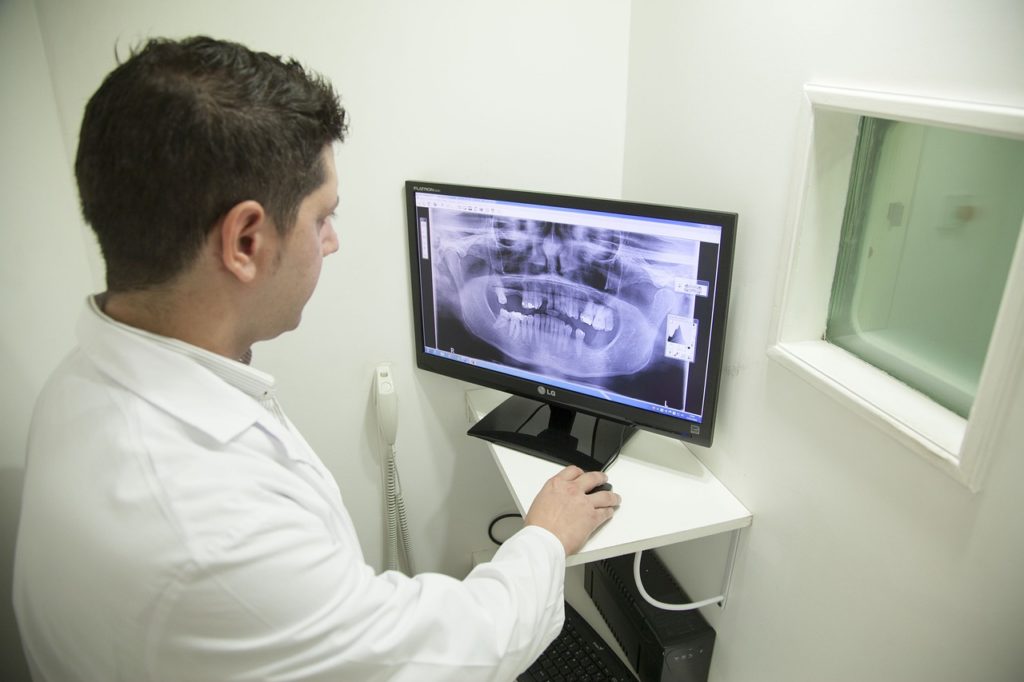There is no underestimating the importance of having a strong medical education. After all, these soon-to-be medical professionals might literally hold your life in their hands. But this value of training future doctors in the highest regard is not a value reciprocated by medical schools.
The hard truth is medical schools are not student-centered. Instead, they are resistant to change, failing to adapt to a more efficient, and cheaper model of learning. They are classroom based instead of outcome driven caring little about their students. Medical school classrooms are often found empty because it is more efficient for students to learn the material on their own. They cater to professors and their research instead of fulfilling their primary goal to create competent doctors. And cost control is ignored completely. We would never tolerate health care that was not outcome-driven or cost-conscious, so why should we in healthcare education?

The cost of medical education is exorbitant, leading to massive student debt that serves no purpose. This is not just a problem for aspiring doctors, but a concern for society as a whole. Firstly, high levels of debt deter many people from pursuing medicine as a career, as they may opt for technology or business fields instead. Secondly, doctors burdened with debt may compromise their ethical standards in order to earn enough money to repay their loans. This could lead to overcharging, expensive treatments, and an overall sacrifice of quality care.
To fix preclinical medical education, we must first agree on metrics for assessing outcomes. First, it is axiomatic that achievement in learning is the primary goal–that students attain the knowledge and skills that are foundational for medical practice. Second, the cost-effectiveness of learning is also essential. Lastly, the learning should be student-centered. Designed with the student’s best interests in mind.
To optimize learning we propose the following four actions.
To summarize, US medical schools produce the finest doctors in the world, but the preclinical portion of learning suffers from suboptimal student utility and high cost. Fixing these deficiencies will improve learning and reduce costs, which will benefit not just future doctors, but all of us who will depend on them for our healthcare.